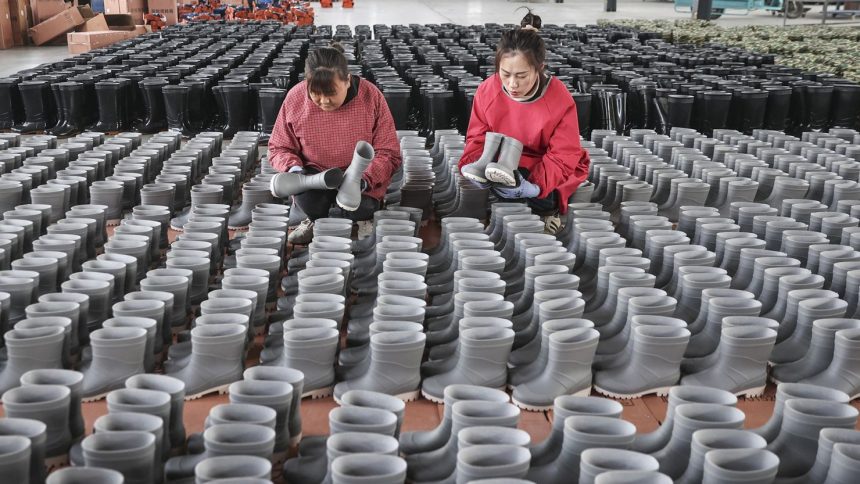CNN
—
President Donald Trump on Wednesday launched a US trade war with every country via a barrage of tariffs that are set to go into effect almost immediately. American consumers and businesses stand to pay a hefty price for that battle.
For the first time since Trump’s return to the Oval Office, it’s not a question of what could get more expensive due to tariffs but rather a matter of when. And the short answer to what could get expensive is, well, everything.
Assuming Trump proceeds with the plans he laid out on Wednesday — and he has said there is no room for negotiation — only certain goods from Mexico and Canada have a shot at avoiding any tariffs. Otherwise, all countries’ goods will be subject to a minimum 10% tariff, with rates going much higher for 60 countries the administration deems the “worst offenders” in terms of trade barriers.
At the very top of that list is China. Come April 9, the US will impose a 54% tariff on nearly everything coming from China. And rates go even higher, to 79%, if Trump follows through with his promise to slap an additional 25% tariff on any nation that buys oil from Venezuela, which China has done.
And then starting on May 2, the 54% tariff rate will also be applied to packages worth less than $800 coming to the US from China and Hong Kong. (Think Shein, Temu and AliExpress.)
The United States imported $439 billion worth of goods from China last year, the second top source of imports behind Mexico.
Among the other “worst offenders” that the US relies heavily on for imported goods are Vietnam, which will face an across-the-board 46% tariff; and Taiwan, which will be subjected to a 32% tariff rate.
Vietnam was the sixth top source of goods the US imported last year and Taiwan was the eighth, according to US Census Bureau data.
Since tariffs are a tax on imported goods, it’s American businesses that will have to foot the bill initially when goods from these countries reach the US. But it’s not always the case that businesses fully pass along the additional costs they’re responsible for. In some cases, they may have contracts set in advance with wholesale customers requiring them to sell to them at a given price. Or they may opt to keep prices lower relative to the additional cost they face in order to keep customers.
Even if more production shifts to the US, where Trump has repeatedly said tariffs are “zero,” it can cost more to produce the same goods that were purchased from abroad, which could lead to price hikes.
Having said that, here’s what has the potential to get most expensive from the new round of tariffs.
Laptops and tablets
China, Vietnam and Taiwan were the top three foreign suppliers of laptops and tablets to the US last year, shipping a total of $47.2 billion worth, according to federal trade data.
Almost all consumer electronics, including smartphones and computer monitors, are likely to see price increases.
Additionally, since the US relies heavily on Taiwan for semiconductors, US consumers are likely to see a price hike on laptops, cars, household appliances, medical devices, Wi-Fi routers and LED lightbulbs. And these products often don’t just require one or two chips — new cars contain thousands of them.
(Trump floated a separate 25% semiconductor tariff, but a fact sheet the White House put out on Wednesday said such tariffs won’t come on top of the reciprocal tariffs that were announced.)
Ed Brzytwa, vice president for international trade at the Consumer Technology Association, told CNN it will likely take three to four months for current retail inventories to dry up. At which point, consumers could start to see prices go up “just in time for the back-to-school shopping season and the holidays.”
Footwear
China and Vietnam shipped a combined $18.5 billion worth of shoes to the US last year. That’s nearly 70% of all shoes the US imported.
Toys
China and Vietnam were the top two sources of foreign toys sent to the US last year, shipping a total of $15 billion worth.


